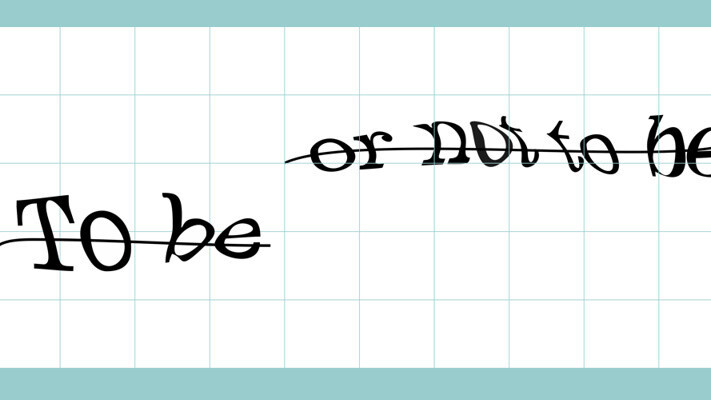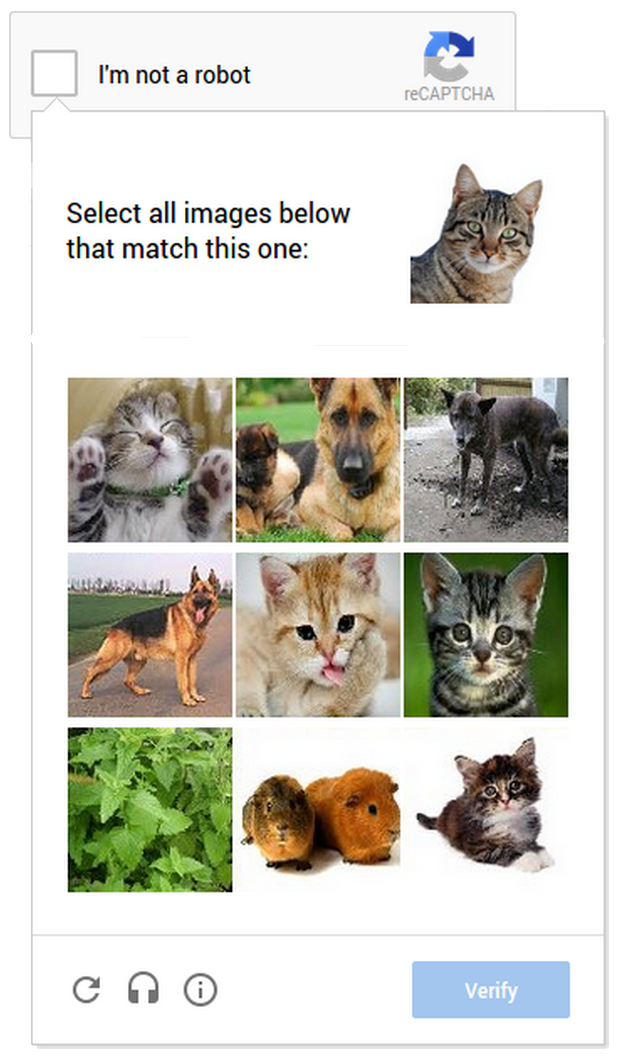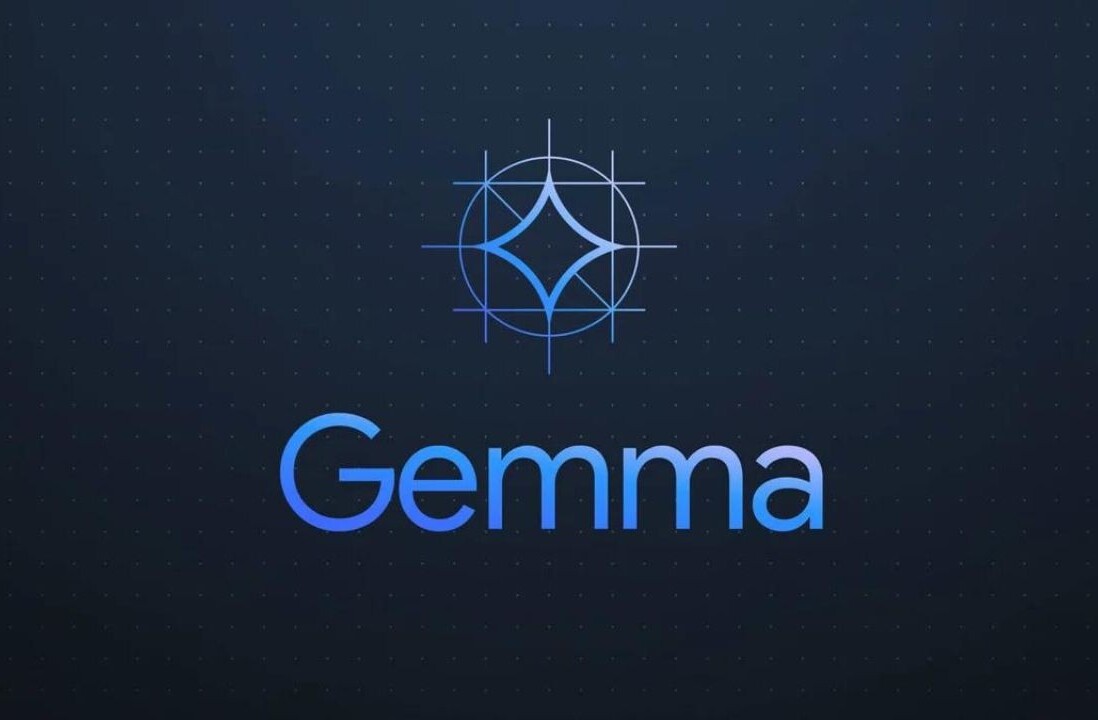
Google is today announcing an improved version of CAPTCHA that it’s calling the ‘NoCAPTCHA reCAPTCHA.’ While it sounds like a mouthful, the new service has some great benefits for users.
We’ve known CAPTCHAs for years for their awful distorted text that’s hard to read and get right a lot of the time. Google set out to fix that a year and a half ago, when it discovered that it could teach computers how to beat the traditional CAPTCHA with 99.8 percent accuracy and realized that if it could do that, so could others.
The new noCAPTCHA reCAPTCHA is the result, which makes it easier to prove you’re a human as an end user, over typing in distorted text.
The new version simply offers a checkbox that says “I’m not a robot.” When you tick the box, Google performs a number of seamless checks using a “risk analysis engine” to determine if you’re human or not.
If the noCAPTCHA thinks you are a human, you’re done and there are no more steps; it’s really that easy. It feels like a heavensend to use, too, if you’re like me and fail at basically every CAPTCHA the first time.
If noCAPTCHA thinks you aren’t a human, you’ll be asked to fill in either a traditional CAPTCHA or a more advanced one, like picking the right image from a series of images. Google says this is much easier for mobile users, who can just tap on the option rather than squint at a tiny image.
I spoke with Vinay Shet, Product Manager for noCAPTCHA, about the technology behind the improved service, who told us that while the checkbox sounds simple, there’s really a “high degree of sophistication” going on behind the scenes.
The new risk analysis engine looks at user engagement before, during and after they click the checkbox to determine your humanity. Shet told us that the risk analysis engine “uses machine learning, that takes a number of strategies and learns what a normal user looks like so that the next time a new one comes along, we know what to look for.”
Google’s risk analysis engine technology isn’t entirely new; it touted the technology last year when it launched the new backend for noCAPTCHA, which laid the framework for this new version.
Shet was careful to tell us that not everyone will get to use the new noCAPTCHA experience, saying that a “fraction” of users will get to use it but a number will still see the traditional distorted text CAPTCHA as it learns user habits.
Developers that want to make the most of the new noCAPTCHA experience need to use a new API to implement it in to their products. Google says it’s just three lines of code which is easy to implement if you’re already using the older CAPTCHA service.
The new noCAPTCHA experience has been in testing for early adopters like Snapchat, WordPress and the Humble Bundle, with Google touting 60 percent of WordPress’ traffic seeing the new experience and 80 percent of Humble Bundle’s in just the last week.
➤ noCAPTCHA reCAPTCHA [Google]
Get the TNW newsletter
Get the most important tech news in your inbox each week.







